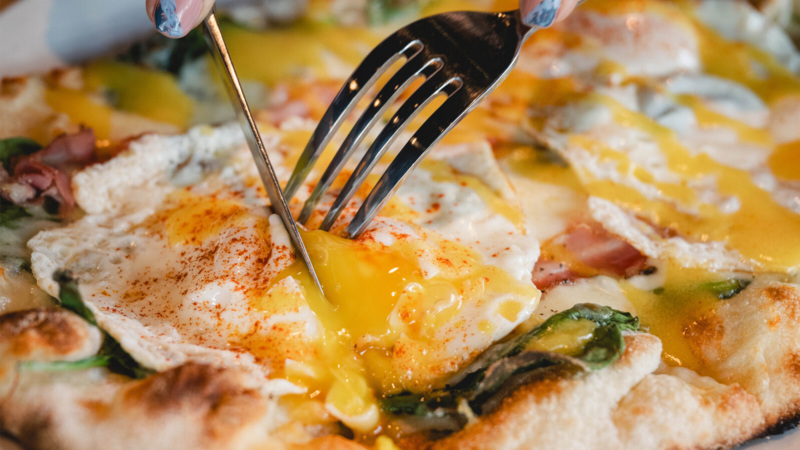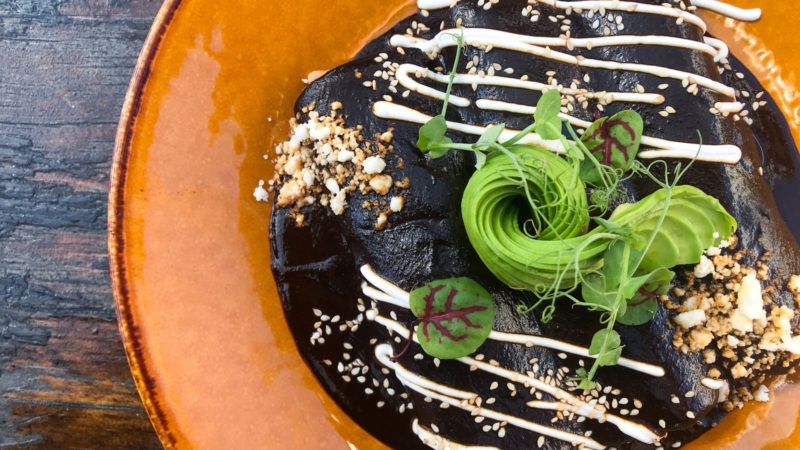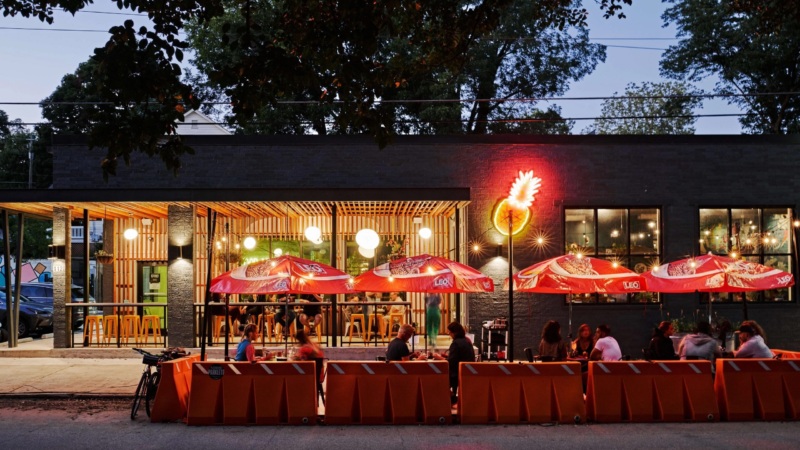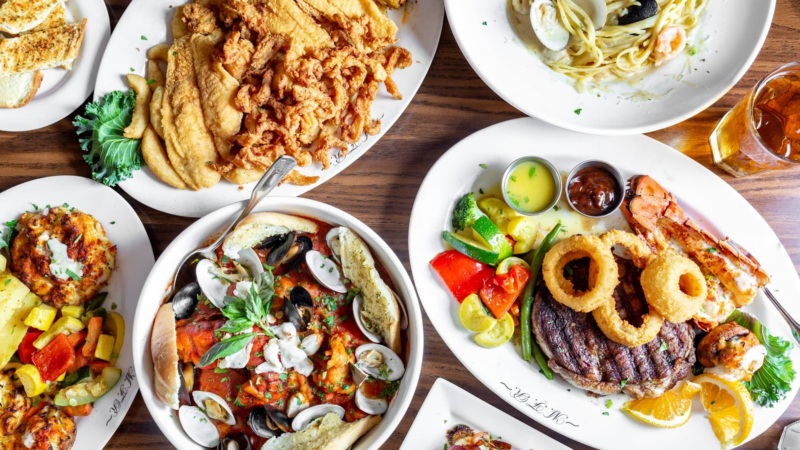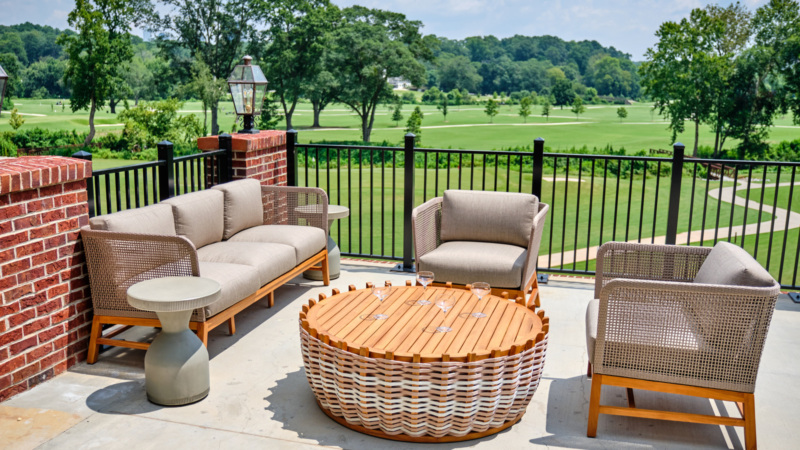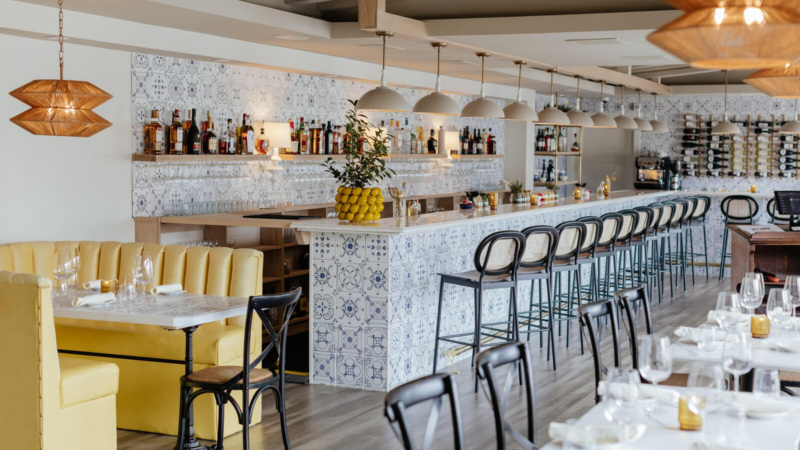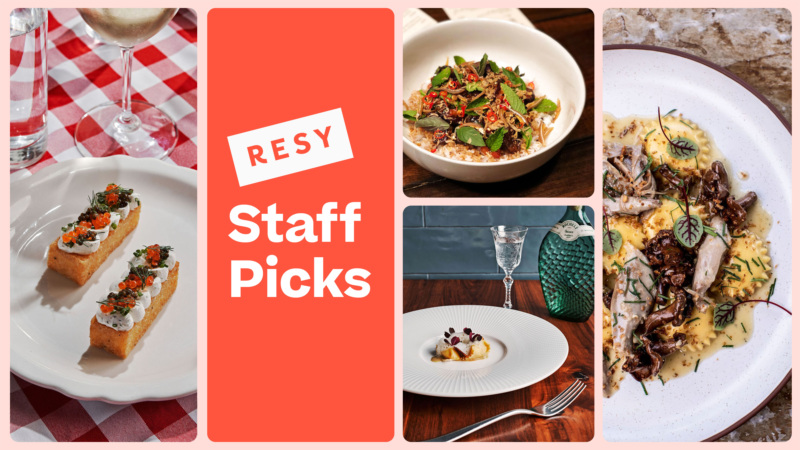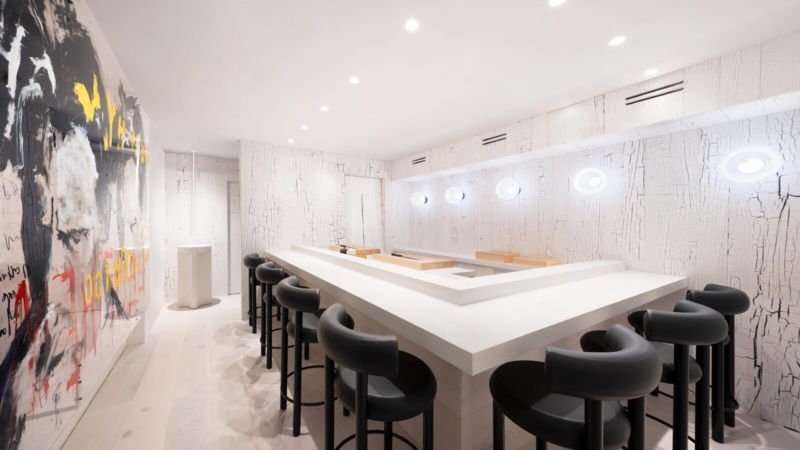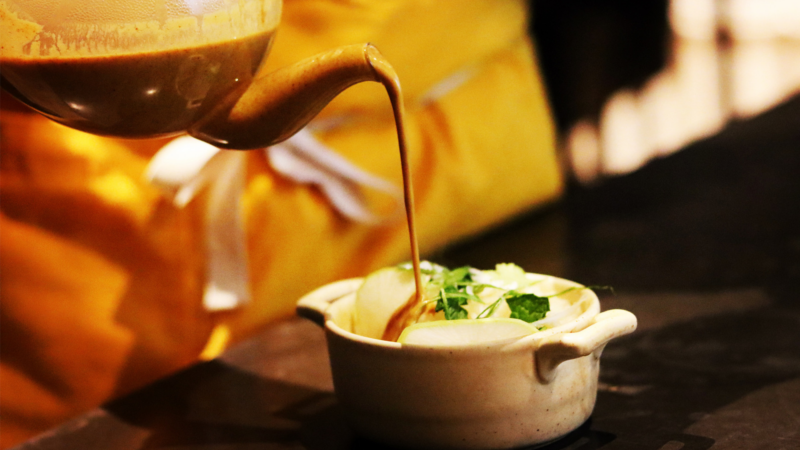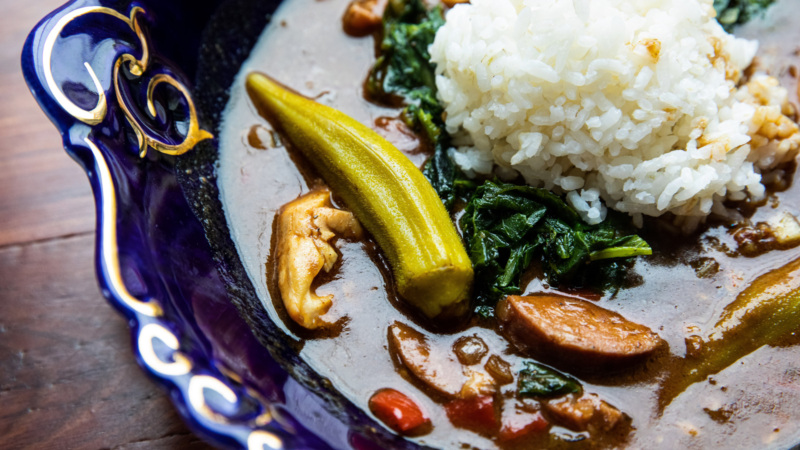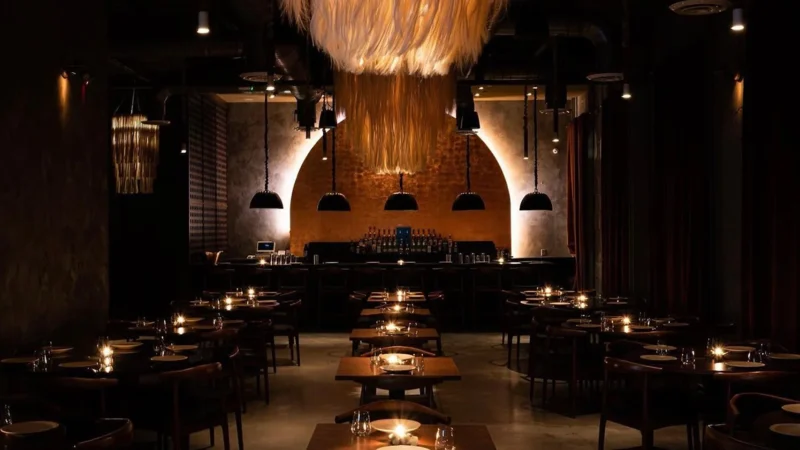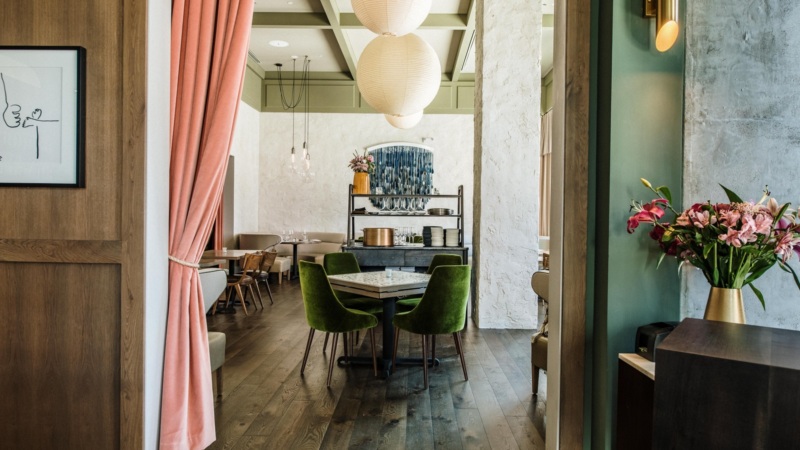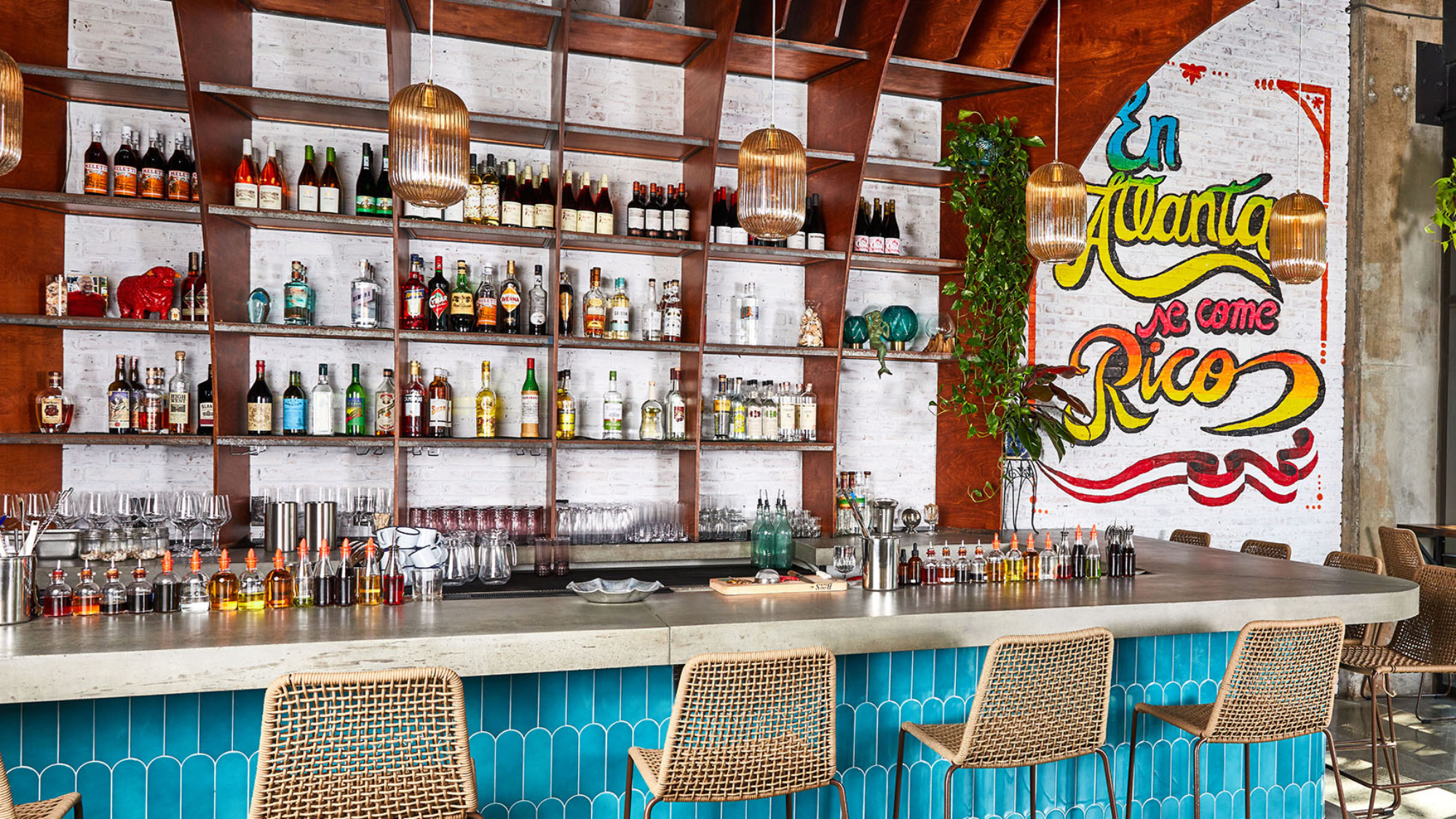
The Story of Tio Lucho’s, Poncey-Highland’s Peruvian Paradise of Ceviche
Atlanta is rife with exciting dining options, but a dearth of Peruvian cuisine led chef Arnaldo Castillo to open Tio Lucho’s. “I wanted to wave that flag proudly and represent,” says Castillo.
The restaurant, which opened last summer in Poncey-Highland, is Castillo’s love letter to the dishes he grew up with as the son of Peruvian immigrants. The name itself is a tribute to his father, Luis. “He was a cook just like me,” says Castillo. “Tio, uncle, is a form of affection and respect to your elders, and I just wanted to honor him.”
Here are five things to know about Tio Lucho’s.
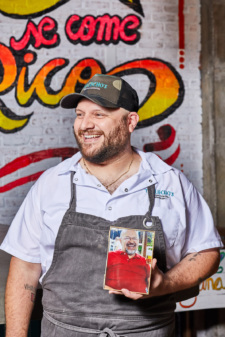
1. It all started as a pop-up.
Before Tio Lucho’s was a twinkle in Castillo’s eye, there was La Chingana, Castillo’s pop-up which he founded during the pandemic. Castillo was the executive chef of Minero in Ponce City Market, and when the restaurant closed for a few months, he used his stimulus check to cook and sell dishes with proceeds benefitting undocumented workers.
In March 2021, Castillo left Minero and dove into La Chingana full-time, operating out of places like Chop Shop and Biggerstaff Brewing Company. “I got to a point where I just really wanted to focus on doing Peruvian food and bringing awareness to it here in Atlanta, and decided to just go full force with it,” says Castillo.
2. It’s “not your abuelita’s cooking.”
If you’re looking for truly classic Peruvian dishes, you won’t find them here. “I like to say we’re authentic and we do traditional recipes and techniques,” says Castillo. “But the style of the plating or the ingredients used aren’t going to be the traditional style. “
Look to Castillo’s range of ceviches to see how he makes dishes his own. The ceviche de pescado is a combination of snapper or golden tile, Sea Island red peas, sweet potato, corn nuts, all marinated in a house-made leche de tigre of lime juice, ginger, onions, and aji amarillo (yellow pepper paste). “I use the red peas to simulate the ceviche from my mom’s town where they add beans to their ceviche, which I feel like is the only ceviche I’ve seen do that,” says Castillo. “So I was really proud to compose this dish and put it out into the world.”
Castillo also takes pride in sourcing as many ingredients as he can locally. The pollo a la brasa, a traditional dish of half roasted chicken, is traditionally served with French fries and iceberg lettuce. Here, however, Castillo serves it with collard greens, because they’re in season now. “I’ve never had any collard greens in Lima when I’ve been there. That to me is just combining the best of both worlds,” says Castillo.

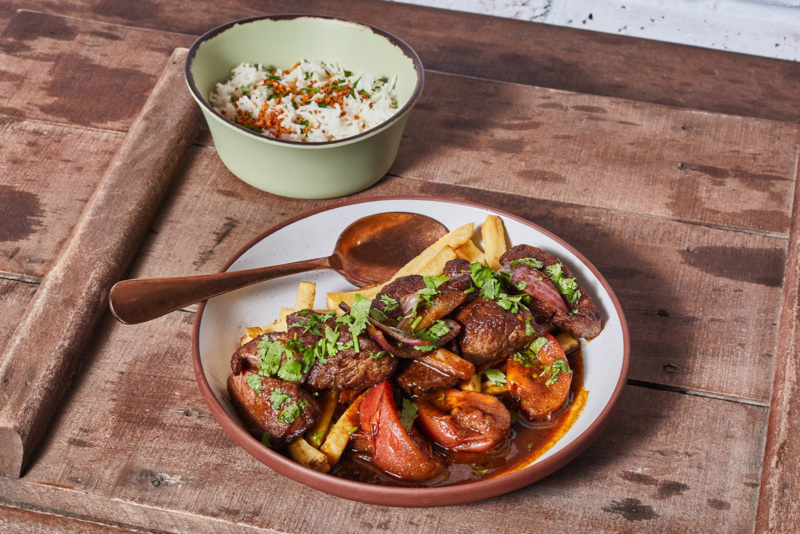
3. You can expect to find Chifa dishes on the menu.
Chifa is the name of Peruvian dishes that are influenced by Chinese flavors and techniques. The Chinese influence on Peruvian cuisine goes back to the 19th century when Chinese laborers were brought to Peru (and often worked in exploitative conditions). More Chinese immigrants came to Peru in subsequent waves in the 1930s and 1970s.
Fast-forward to today, and you’ll find their influences on dishes at Tio Lucho’s. The lomo saltado, for instance, is a tangy beef stir fry with tomatoes, onions, French fries, and rice. Tio Lucho’s co-owner, Howard Hsu, is Chinese American and introduced Castillo to a technique called velveting. “It means to add corn starch and an egg white slurry to the meat,” says Castillo of the method that makes the meat tender and smooth. “I’ve never seen that. And I’ve seen my dad cook a hundred lomo saltado, but that technique was new to us in the kitchen at Tio’s. So we now apply that and I think it makes the dish even stand out more.”
4. The restaurant’s design is inspired by Peru’s coast.
When Castillo first walked into the restaurant he noticed it had an industrial, warehouse-like vibe and wanted something warmer. He spent a lot of his childhood in Lima and Peru’s northern coast and wanted to bring those green, coastal elements to the restaurant. “The wood paneling up top is like the waves and reminds me of the sea,” says Castillo.
His wife Julie is the “in-house botanist” and tends to the dozens of plants that add to the space’s freshness. “We just made it feel like home. That’s what I want for people to feel like when they’re walking into Tio Lucho’s home,” says Castillo.
5. You can expect Pisco and more on the cocktail list.
Of course there’s plenty of Pisco on the cocktail list — the brandy beverage is the national spirit of Peru, after all. You can enjoy it in a Pisco Sour. There’s also a chicha sour, made with chicha morada, a purple corn drink made in-house with pineapple. “It’s a very deep, rich purple color, but it’s going to have that corny flavor to it,” he says.
Castillo’s favorite drink on the menu, however, is the Pisco Mule. “It’s Pisco, ice, some lime juice, and ginger ale. Mix it all up. Boom, you’re ready to go,” says Castillo.
Discover More
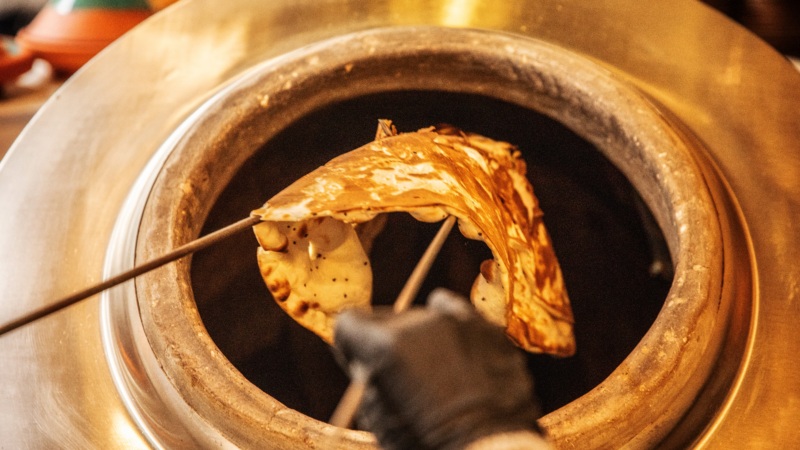
Stephen Satterfield's Corner Table










